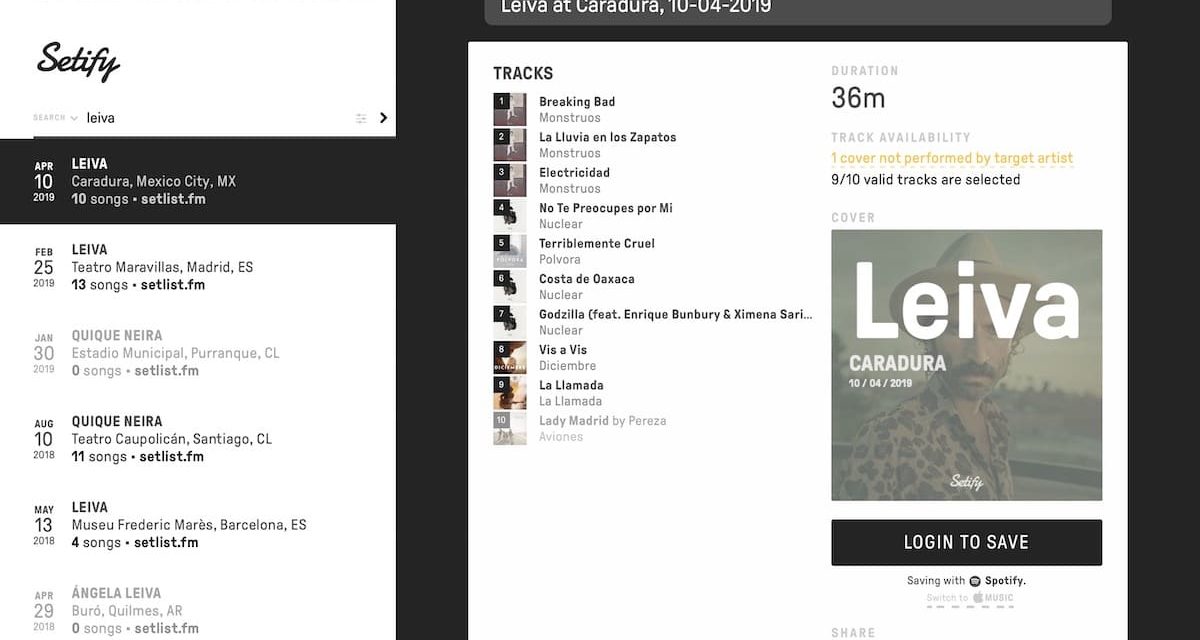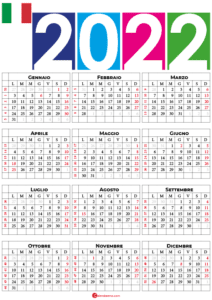

If you’re interested in tracking your music activities on Spotify, some tools or websites can help you get your Spotify stats. With Spotify, users can listen to different songs, genres, artists, and playlists anytime. Options.SetNkey(sets.natsnkeypubkey, sets.Spotify is a popular digital music service with over 400 million active users. IHost host = Host.CreateDefaultBuilder(args).ConfigureAppSettings() Tmpfolder = Environment.GetEnvironmentVariable("tmpfolder") ? "temp",įontsfolder = Environment.GetEnvironmentVariable("fontsfolder") ? "fonts" Poolsize = int.Parse(Environment.GetEnvironmentVariable("poolsize") ? "10"), Roles = (Environment.GetEnvironmentVariable("roles") ? "").Split(' '), Natsnkeypath = Environment.GetEnvironmentVariable("natsnkeypath") ? "", Natsnkeypubkey = Environment.GetEnvironmentVariable("natsnkeypubkey") ? "", Natsurl = Environment.GetEnvironmentVariable("natsurl") ? "nats://localhost:4200", LogLevel = Enum.Parse(Environment.GetEnvironmentVariable("LogLevel") ? "Information"), Hostmailport = int.Parse(Environment.GetEnvironmentVariable("hostmailport") ? "993"), Hostmailpass = Environment.GetEnvironmentVariable("hostmailpass") ? "",

Hostmailuser = Environment.GetEnvironmentVariable("hostmailuser") ? "", Hostmail = Environment.GetEnvironmentVariable("hostmail") ? "", Private static Settings _settings = null Then just have a static class like for example : public static class SettingsService AddRazorPagesOptions(options => "Īn alternative : do I really need DI when it comes to settings ?Įspecially when I want those settings from environment variables, which is often the case with containerized environments, and maybe avoid leaking secrets in json files.

Var policy = new AuthorizationPolicyBuilder().RequireAuthenticatedUser().Build() Ĭ(new AuthorizeFilter(policy)) Void ConfigureMvc(IServiceCollection services) we are done with the main part, now the methods This is not enough or even perhaps too much for your solution and will need your custom touchup.
Festify 2022 full#
I will not put all the code in I will not put a full list of using directives here but just enough to demonstrate the technique and I will leave out some method code. In your Program.cs you can also group code in a method and call that to keep it less run-on a bit or to group similar things. This is slightly different than prior answers and I include this since I was reviewing something like this. For example, let's assume you create a new class called MyAppSettings with the same structure as your appSettings.json, you can do the following: var myAppSettings = () Var logLevel = configuration Ī nice feature worth considering it to create a class that represents your settings and then bind the configuration to an instance of that class type. public M圜lass(IConfiguration configuration) Once the app is running, you can access the Configuration settings via dependency injection in other classes of your application. builder.Configuration // returns "Warning" The example code below would return the configuration Default log level setting from the JSON configuration file. Let's assume you have the default appSettings.json in place. Once we have the builder created, the configuration is available. var builder = WebApplication.CreateBuilder(args) In Program.cs, the WebApplicationBuilder is created shown below.
Festify 2022 how to#
I want to know how to read the configuration from appsettings.json ? You may want to change this for production scenarios, see. object is not avaible, I dont know how to inject this here.Ĭonfiguration.GetConnectionString("Festify"))) The following is Giving me error as Configuration Var builder = WebApplication.CreateBuilder(args) How do we get these objects, to say read the configuration from appsettings? Currently the Program.cs file looks like this. So how do we get these objects like Configuration(IConfiguration) and Hosting Environment(IHostEnvironment) NET 6 and above (With Visual Studio 2022), we don't see the Startup.cs class. Public void Configure(IApplicationBuilder app, IWebHostEnvironment env) Public void ConfigureServices(IServiceCollection services) Public Startup(IConfiguration configuration, IHostEnvironment environment) Private readonly IHostEnvironment environment In earlier versions, we had Startup.cs class and we get configuration object as follows in the Startup file.


 0 kommentar(er)
0 kommentar(er)
